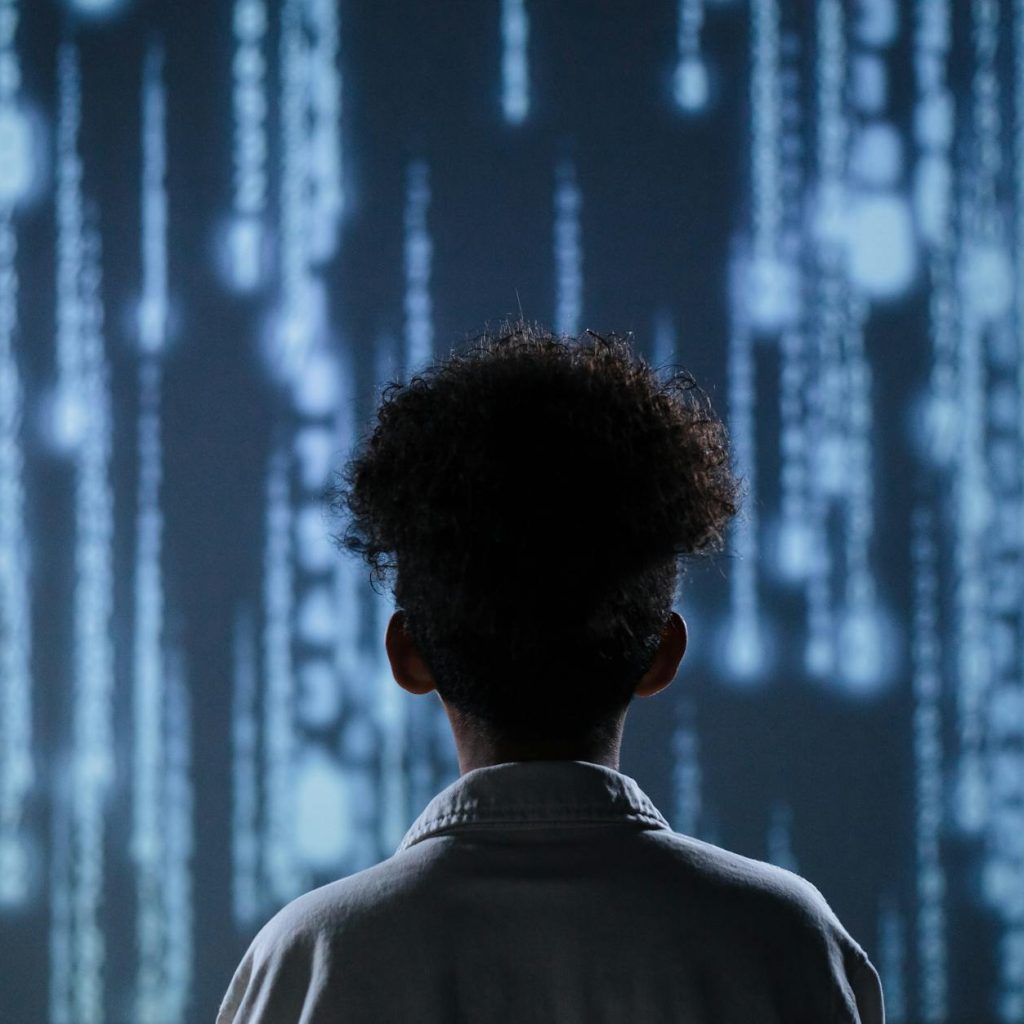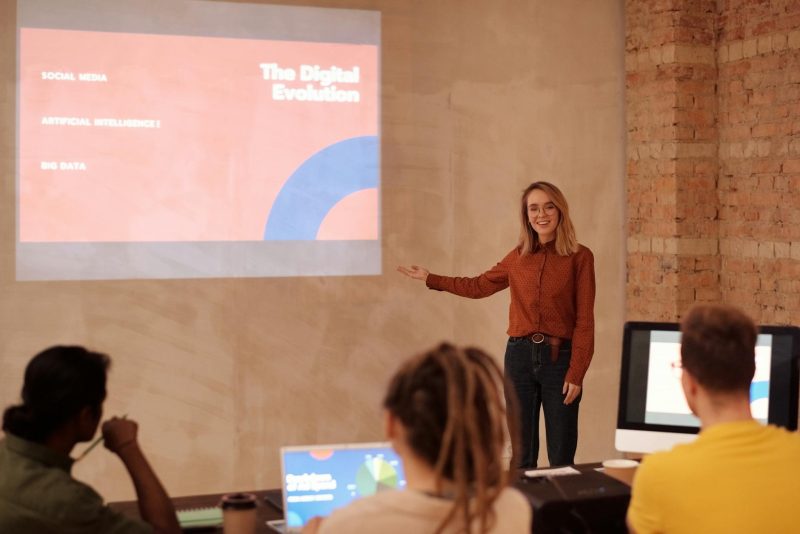How AI Is Reinventing Education: A Stunning Reinvention
Artificial Intelligence (AI) is revolutionizing the education sector, transforming how we learn and teach. This transformation is not just incremental; it’s a seismic shift that promises to make education more accessible, personalized, and effective. As AI technologies continue to evolve, the potential for innovation in education is vast, opening doors to new possibilities that were previously unimaginable.
How AI is Transforming the Classroom
The classroom of the future is here, and it’s powered by AI. From adaptive learning platforms to intelligent tutoring systems, AI is reshaping the educational landscape. Tools like chatbots and virtual teaching assistants are becoming essential, helping students with queries and freeing up instructors to focus on more critical tasks. AI-driven virtual classrooms are breaking geographical barriers, enabling students from around the world to access high-quality education.
Interactive content is another area where AI excels. Educational materials are no longer static; they can now adapt to individual learning styles. For instance, AI can create personalized quizzes and exercises, tailoring the difficulty level based on a student’s performance.
Personalized Learning with AI
One of the most significant contributions of AI in education is personalized learning. Every student learns differently, and AI can cater to these unique needs. Adaptive learning software analyzes a student’s strengths and weaknesses, offering customized lesson plans. This approach has been shown to improve learning outcomes, with studies indicating enhanced test scores and better retention rates.
For example, platforms like DreamBox Learning provide math lessons that adjust in real-time, ensuring each student receives the most effective learning experience. Similarly, Carnegie Learning’s MATHia software offers one-on-one tutoring, a luxury many schools can’t afford. These tools exemplify how AI can democratize access to quality education.
AI’s Role Beyond the Classroom
AI’s impact extends beyond the classroom, influencing various aspects of educational administration. Automating administrative tasks such as grading, attendance tracking, and course scheduling allows educators to focus more on teaching. Moreover, AI can analyze vast amounts of data to predict educational trends, helping institutions make informed decisions.
Mental health support is another area where AI is making a difference. Tools like Woebot and Wysa offer emotional support to students, sometimes even detecting early signs of anxiety or depression. While not a replacement for professional help, these chatbots provide a safe space for students to express themselves.
Bridging the Learning Gap
AI is helping to bridge the learning gap by making education more accessible. For students in remote or underserved areas, AI can provide learning opportunities that might not otherwise be available. Language learning apps like Duolingo use AI to tailor lessons, helping users learn at their own pace. Similarly, online platforms offer courses and degree programs, democratizing access to higher education.
The COVID-19 pandemic accelerated the adoption of AI in education, as schools worldwide transitioned to online learning. While challenges arose, the crisis highlighted the potential of AI to enhance educational resilience and accessibility.
Challenges of AI in Education
Despite its potential, AI in education faces challenges. Data privacy is a significant concern, as AI systems require substantial data to function effectively. Ensuring that student information is protected is critical. Additionally, AI systems can reflect and amplify biases present in their training data, leading to unfair treatment of certain groups.
The digital divide remains a formidable obstacle, with many students lacking the necessary technology to fully engage with AI-enhanced education. Addressing this gap is essential to ensure equitable access to AI-driven learning opportunities.
Overcoming AI’s Challenges
To realize the full potential of AI in education, it’s crucial to address these challenges. Developing ethical AI frameworks can help mitigate issues like bias and privacy concerns. Schools are also exploring hybrid models of learning that combine AI with traditional teaching methods, ensuring that technology enhances rather than replaces human educators.
Teachers are key to implementing AI effectively. Providing professional development opportunities helps educators understand and integrate AI tools into their teaching practices. This approach fosters a collaborative environment where technology and human expertise work together.
The Future of AI in Education
Looking ahead, the future of education is likely a hybrid model that combines AI-driven solutions with traditional teaching methods. This blend will offer unparalleled flexibility and personalization, making learning more engaging and effective. The rise of lifelong learning platforms underscores the importance of continuous education, with AI enabling individuals to acquire new skills throughout their lives.
Globalization is another area where AI will play a crucial role. As online education becomes more prevalent, AI can help overcome language barriers, facilitating collaboration among students from diverse backgrounds. This cross-cultural exchange can enrich learning experiences, preparing students for an increasingly interconnected world.
Conclusion
AI is transforming education in profound ways, offering a vision of the future where learning is personalized, accessible, and effective. While challenges exist, the potential benefits are immense. As we move forward, the key will be to harness AI responsibly, ensuring that it serves to enhance rather than replace the human elements of education.
The journey is just beginning, and the possibilities are endless. AI holds the promise of making education more equitable, effective, and engaging. As we continue to explore and implement AI-driven solutions, we may well see a future where education truly becomes a lifelong journey of growth and discovery for all.
Author’s Reflection:
As I reflect on the transformative power of AI in education, I am struck by the potential to democratize access to quality learning. The challenges are real, but the opportunities are even greater. It’s heartening to see educators and institutions embracing AI not as a replacement for human touch, but as a tool to augment and enhance the teaching process. The future of education is bright, and AI is lighting the way.
If you’re interested in exploring more on how technology is reshaping our world, check out BeNewsMag.com for insightful articles on innovation, culture, and beyond.


